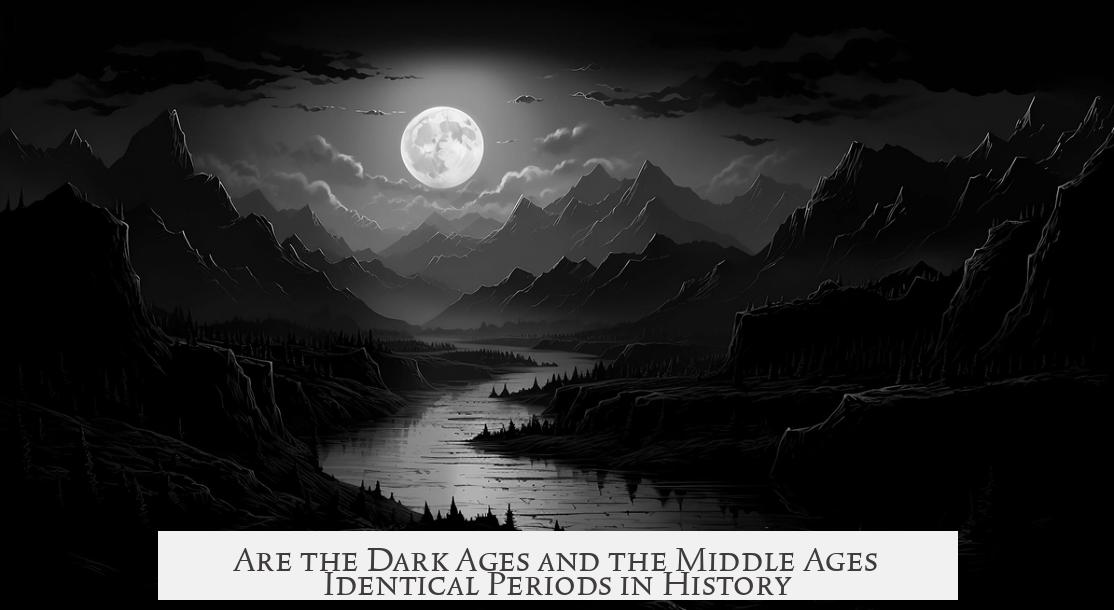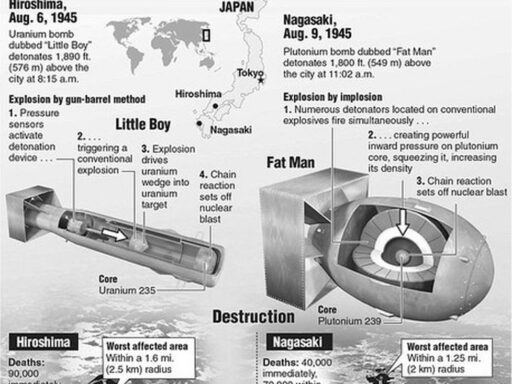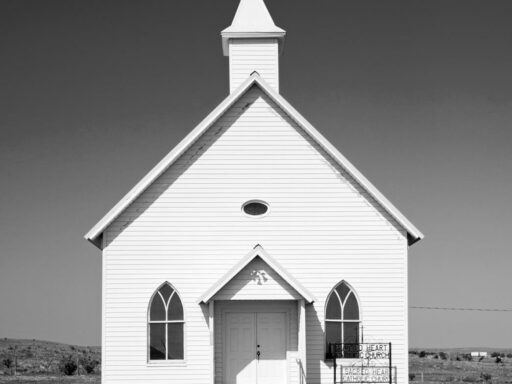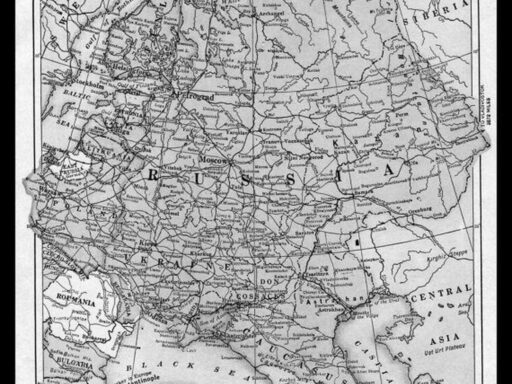The terms “Dark Ages” and “Middle Ages” are related but not exactly the same. Traditionally, the Dark Ages referred to the entire medieval period, but modern perspectives distinguish between them based on specific historical and cultural criteria.
The Middle Ages span the period between classical antiquity and the modern era. This era covers roughly from the 5th century, after the fall of the Western Roman Empire, through the 15th century, leading into the Renaissance. The phrase “Middle Ages” suggests a transitional phase, situated chronologically between two other significant periods.
The term “Dark Ages” was coined during the Renaissance by the scholar Petrarch. He used it to contrast the “enlightened” classical world of Rome with what he saw as a subsequent era of cultural and intellectual decline. Early historians in the Renaissance and Enlightenment periods adopted this view to emphasize their “rediscovery” of classical knowledge. Hence, in traditional historiography, “Dark Ages” often meant the entire Middle Ages but carried a disparaging tone that reflected a perceived regression from classical achievements.
Modern historians challenge this broad pejorative meaning. They point out that the concept of the Dark Ages has multiple definitions, each emphasizing different aspects:
- A period with diminished philosophical and scientific inquiry.
- A time with scarce historical documentation.
- A phase marked by chaos and destruction.
Each of these definitions captures only parts of the medieval era, and evidence from the Middle Ages questions these assumptions. For example, scholastic thinkers such as Anselm, Thomas Aquinas, and William of Ockham contributed significantly to medieval philosophy, challenging the idea of diminished intellectual activity.
Regarding sources, historians have discovered extensive documentation from the Middle Ages, including land charters and church records, that provide rich information about the period. This undermines the notion that it was a “dark” time with minimal records. Moreover, chaos and destruction certainly existed, especially during events like the fall of the Western Roman Empire, but historians debate whether these levels of upheaval were exceptional or simply part of broader historical patterns.
Geographically, the applicability of the term “Dark Ages” varies. Some scholars point to the 6th-century turmoil in Italy, the 7th-century crises in the Byzantine Empire and North Africa, or the 5th-century changes in Britain as fitting the “dark age” description more closely than other regions of Europe. France and Spain, for example, maintained considerable continuity after Rome’s fall, making the label less suitable for those areas.
In the 20th century, historians began using “Dark Ages” more technically to denote periods with very few sources rather than an overall decline. This led to identifying multiple “dark ages,” such as the Byzantine Dark Ages around the 9th century and the Early Middle Ages in Western Europe. However, discoveries like the Carolingian Renaissance—an intellectual revival in the 8th and 9th centuries—questioned even this narrower use.
Today, the term “Dark Ages” is rarely used in academic contexts due to its imprecise and value-laden connotations. It remains popular in popular culture and occasional historical commentary but is regarded as a subjective and problematic term by most scholars.
The primary reason the terms “Dark Ages” and “Middle Ages” remain ambiguous is that they indirectly reflect judgments about the nature of the medieval period. Those who view the era negatively tend to equate the two, seeing the Middle Ages as a time of darkness and regression. Others who emphasize cultural continuities, intellectual achievements, and societal developments prefer “Middle Ages” and reject or restrict the use of “Dark Ages.” This division highlights a broader scholarly debate rather than a settled consensus.
In essence, “Dark Ages” is a term rooted in Renaissance-era bias. It can sometimes refer to whole or parts of the Middle Ages but often implies a misleading negativity. Conversely, “Middle Ages” is a neutral, chronological term covering roughly the same time frame but avoiding judgment about the era’s character or accomplishments.
| Aspect | Dark Ages | Middle Ages |
|---|---|---|
| Origin | Renaissance label emphasizing decline | Chronological term for medieval period |
| Scope | Entire medieval period or limited periods/regions | Entire medieval period (5th–15th century) |
| Connotation | Negative, implying darkness, chaos, or stagnation | Neutral, descriptive of time between antiquity and modern era |
| Modern scholarly use | Rare and technical, often avoided | Standard periodization term in history |
- “Dark Ages” originated as a value judgment; “Middle Ages” is a neutral timeframe term.
- “Dark Ages” can mean the entire medieval period or specific troubled times or places.
- Modern historians reject broad use of “Dark Ages” due to inaccuracies and bias.
- The terms’ equivalence depends on subjective judgments about the medieval era.




